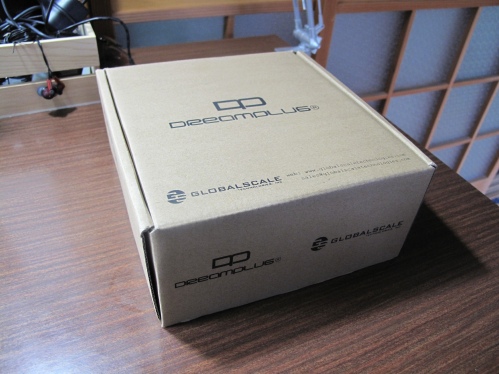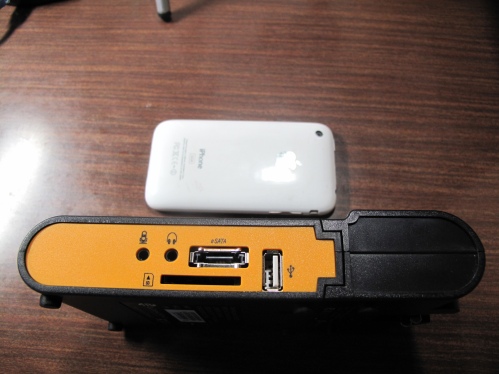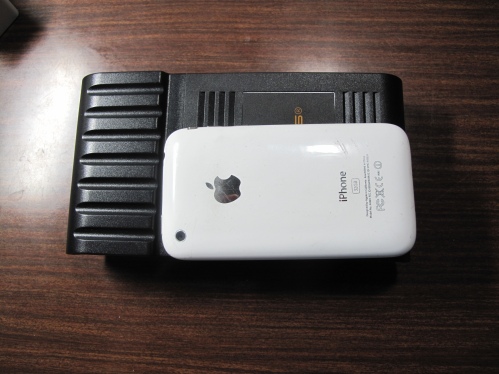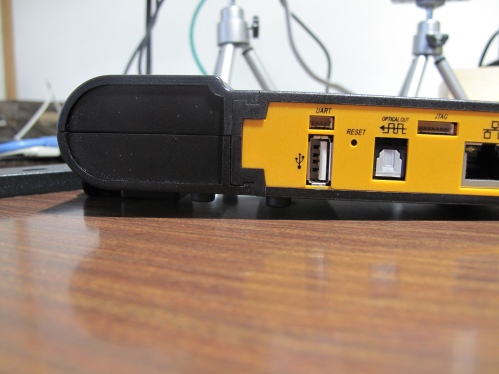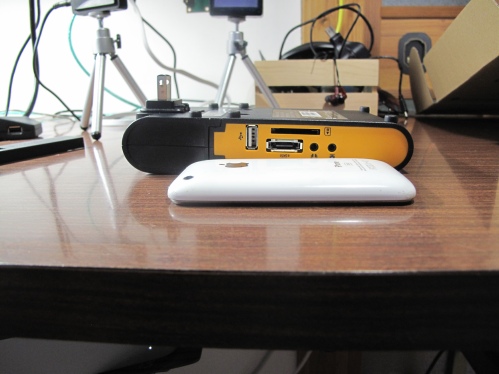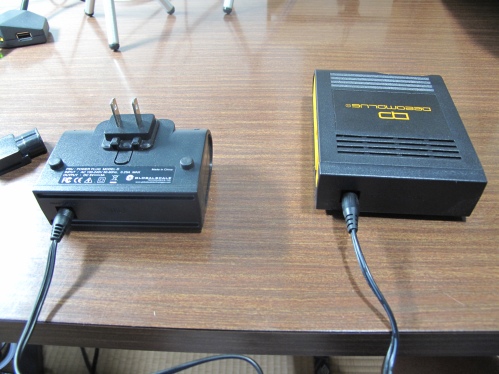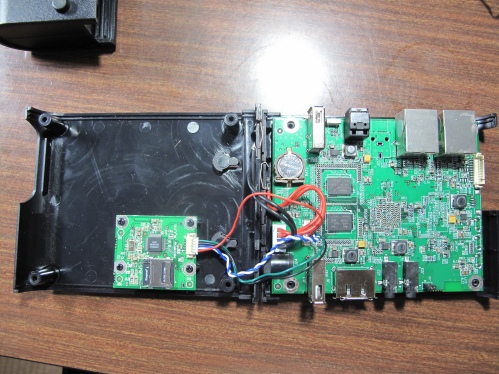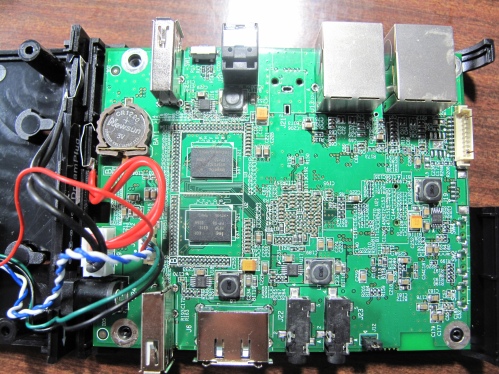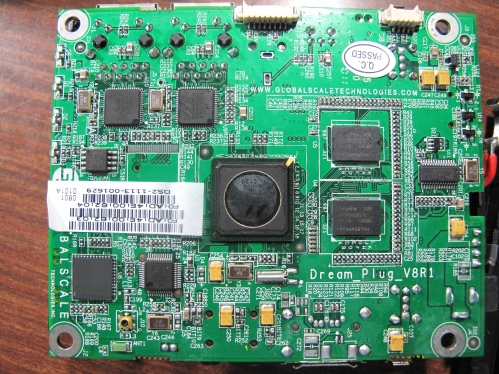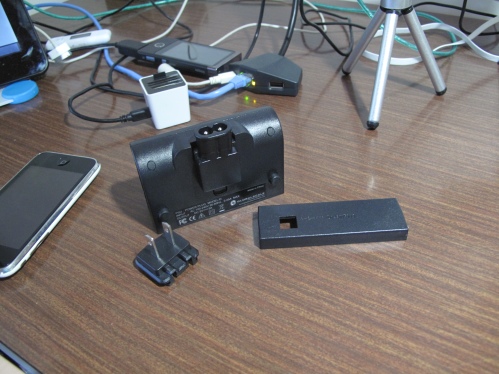First look at the Globalscale Dreamplug
by kengilmer
I have quite a few ARM-based devices in my office. Some are for work, others are for fun. One good thing about these little machines is that there is always room for one more. A few days back I received the Dreamplug I ordered back in February. It runs Ubuntu 9.10 out-of-the-box and sets itself up as a Wifi access point for easy connections. This is a big improvement over the original beagleboard and other boards that expect the user to choose and burn a distro on an SD card before using the device. I was able to connect the Dreamplug to the wall and ssh into the machine in a matter of minutes. And being that it’s Ubuntu, which is a distro I am familiar with, I felt right at home. Overall my impressions of the device are good. The plastics are solid and the design is clean. What attracted me to the Dreamplug however was some unique I/O it offers. One problem with common ARM-based boards like the Beagleboard is that the USB/SD interface for storage is pretty slow. This limits it’s utility when considering applications that require speedy file access. I am currently using it to play music over the network, but I’d like to have some fast local storage to speed things up, and be able to play music without ethernet attachements. Since the Dreamplug has built-in eSata, optical audio out, and wifi, it seems almost perfect for my application.
I have yet to test the eSata and optical out. The wifi seems to work as advertised. The base Ubuntu install is customized with a Globaltechnologies-developed wireless access point application that seems to handle the incoming connections. I wanted to do away with this and just work wired initially, so I deleted the start script in /root that is run on boot. I also opened up the device to get at the internal SD card. To be honest, I bricked it early on when trying to change the subnet that the wireless network uses, as it conflicts with my internal network. I was ultimately unsuccessful in changing this and decided just to stick with wired networking for now.
I also have a Dreamplug ancestor , the SheevaPlug. This device is superior to the SheevaPlug in every way. The design is better and the machine itself is bigger and faster. And, except for video, pretty much all I/O options are covered for a device of this nature.
I may post more info about this device as I become more familiar with it. Here are some photos of the Dreamplug.
